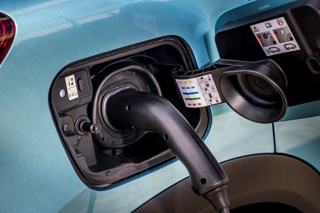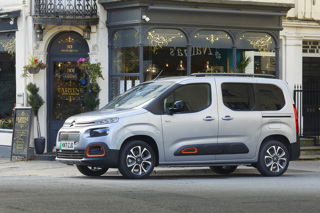By Christopher Caddick, head of business development at JCT600 Vehicle Leasing Solutions (VLS)
We all knew it (the further reduction in grants) was coming, it was a case of when and how severe the change would be.
The previous change caused a stir at the time, but with hindsight, it didn’t slow the uptake of electric vehicles (EVs) and it’s still debatable whether this stimulated availability of more affordable EVs that weren’t already coming to market.
For our customers adopting EVs, this change is being driven by the wholelife cost of the provision of the vehicle, aided by a reduction in running costs and the benefit-in-kind (BIK) tax savings to be realised.
In the most recent changes, cars below £32,000 are seeing a 40% reduction of £1,000 in the grant, increasing the monthly rental by £27.78 (less manufacturer discount) plus interest over a 36-month term.
For cars between £32,000 and £35,000, £2,500 is no longer available, increasing the rental by £69.44 (less manufacturer discount plus interest) over a 36-month term.
I don’t see the change in the car grant making a significant impact to the uptake of EVs within the fleet sector in the short-term.
It’s the retail buyer that’s missing out, as they’re not seeing the significant wholelife cost savings available to fleet users.
More effort could be made to support retail buyers through a scrappage scheme, or supporting the purchase of used EVs to further stimulate the market. For vans, it feels like more of a misstep.
While a smaller percentage of the grant has been removed, 17% reduction or £500 for smaller vans and £1,000 for larger vans (£10.42 pv/pm and £20.83 respectively over a typical 48-month term, before discount and interest) this market is not as mature as the car market both in uptake and availability of suitable vehicles.
And, then there’s the cost of a 3.5-tonne BEV van. List prices are typically between £60-£80k, and the discounts are a fraction of those offered on ICE vans. The cost differential is huge; was the van grant enough in the first place?
Interestingly, they’ve introduced a 1,000-vehicle cap for the number of vehicles a company can order to qualify for the grant.
Does it go far enough to ensure the longevity of the grant to support those sole traders, small-to-medium enterprises (SMEs) and mid-corporate fleets yet to adopt as they wait for more suitable vehicles to come to market?
The objective of the grant is to make EVs more affordable and encourage uptake to aid the road to zero; this change looks to be making a limited fund last longer.
Irrespective of changes in legislation, EVs will continue to dominate the discourse, and the industry will continue to innovate and support our customers to realise the vast benefits of EVs.


















Login to comment
Comments
No comments have been made yet.